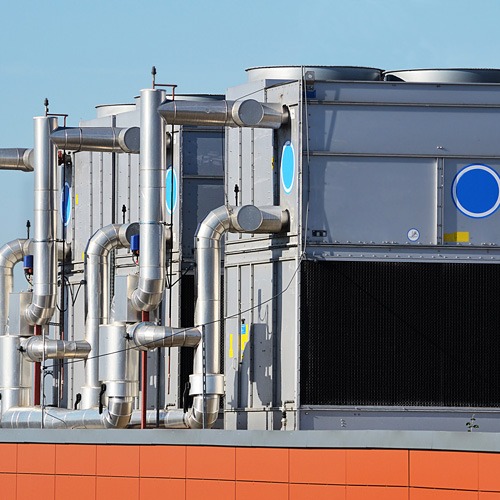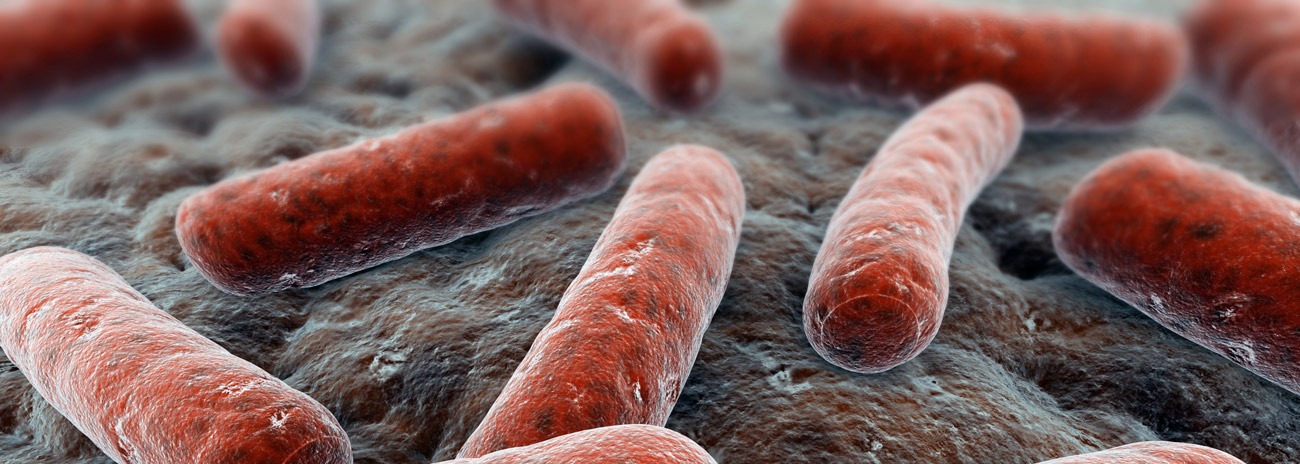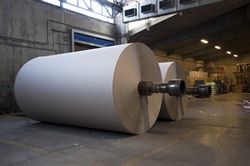Effluent Treatment Plant – Optimising Costs
Producing less effluent in the first place will reduce the demands made on the effluent treatment plant and thus save both money and effort.
A thorough understanding of the nature and properties of your company’s effluents is essential for cost-effective pollution control.
Improving the performance of the effluent treatment plant (ETP) will reduce your site’s operating costs and make it easier for your site to comply with its discharge consent conditions. Sites discharging to sewer will also reduce their trade effluent charges.
Effective effluent management
The five steps to effective effluent management are:
- characterise all effluents produced on-site;
- implement a waste minimisation programme to reduce the volume and strengths of effluents;
- incorporate in-process conditioning and treatment, where appropriate;
- determine and install segregation facilities to tailor treatment options;
- optimise performance of ETP.
To comply with discharge consent conditions and reduce the environmental burden of their discharges, companies often need to modify their processes and/or install an effluent treatment plant (ETP). Effective management of an ETP has a number of benefits, including:
- reduced operating costs;
- improved company image;
- more effective compliance with the law.
Cost reduction
The true cost of effluent can be over six times greater than the cost of effluent disposal because it includes:
- the value of raw materials and product lost in the effluent;
- the costs of lost production due to wasted product;
- the use of water and treatment chemicals;
- the operating costs of pollution control equipment;
- waste disposal costs, including trade effluent charges and pumping costs;
- costs associated with non-compliance with legislation, including fines, legal fees, the cost of remedial work following pollution incidents, staff time and increased insurance premiums;
- loss of potential sales to customers that refuse to trade with a company possessing a poor environmental record.
Waste minimisation
Waste minimisation will save you money – typically up to 1% of turnover, either as extra profit or in reduced operating costs. In terms of pollution control, it will minimise – or even eliminate – the waste streams requiring treatment.
An effluent treatment plant will cost less to run if the site produces less effluent in the first place.
Significant cost savings can be achieved by reducing both the amount and strength of the raw effluent entering the plant. Considering the effluent treatment plant as an integral part of the company’s operations, and not just as an end-of-pipe necessity, will help to maximise savings. This approach also offers greater opportunities for chemical and water reuse within the site.
Investigating where and how effluent arises, and its composition will give you a more detailed understanding of how your process affects the operation of effluent treatment plant. However, the first stage is to take action to reduce the site’s water consumption and effluent generation. Don’t forget that effluent can be lost product or raw materials.
A waste minimisation programme to reduce waste and prevent pollution will result in:
- increased production and sales;
- reduced operating costs;
- reduced effluent generation;
- reduced water consumption;
- lower energy consumption;
- improved efficiency;
- better use of resources;
- improved company image;
- more effective compliance with legislation.
Waste minimisation culture
An ongoing culture of waste minimisation and control is the best way of reducing effluent generation. Everyone concerned with the manufacturing processes – operators, supervisors, scientists, engineers and managers – needs to be aware of their environmental responsibilities and involved in the waste minimisation programme. To maintain commitment, staff should be kept informed of the benefits to the company of achievements in reducing waste and preventing pollution.
Understand your effluent streams
For cost-effective pollution control, a thorough understanding of the nature and properties of your company’s effluent is essential. As well as having information about the type and concentration of pollutants present, it is important to appreciate pollutant flows and loadings under all possible scenarios.
You need to know what you are dealing with to ensure that the correct technology and appropriate control measures are used. This applies to all types of ETP, from simple plant where the effluent is neutralised before discharge to sewer, to more complex facilities employing physical and biological processes. For example, measures to segregate or mix particular waste streams may make them easier to treat. The effluent treatment plant should be considered at least as important as any other production unit.
Understanding the science of the plant will help to optimise its operation, as with any reaction process. Understanding why an existing plant is not working properly will help you to improve its performance and can often eliminate the need to upgrade or replace it with a new plant.
Begin by establishing the source and nature of effluents on your site. When characterising your effluents, it is important to establish and then monitor regularly the level of pollutants in:
- effluent arriving at the treatment plant;
- effluent arising from individual production areas;
- effluent from individual product manufacturing procedures;
- effluent discharged from site;
- surface run-off water.
Each effluent stream should be characterised in terms of:
- total quantity;
- physical and chemical properties, e.g. temperature, flow rate, pH, COD and colour;
- the type and concentration of pollutants present;
- concentration range and variations with time and operating conditions.
To do this, you may need to carry out a detailed survey and develop a programme of regular monitoring. The data you collect will help you to understand your effluent characteristics and to decide which parameters you need to measure.
© Crown copyright. This article was reproduced with the kind permission of Envirowise.
———————————
Accepta ltd is a supplier of a range of wastewater chemicals including flocculants and coagulants







